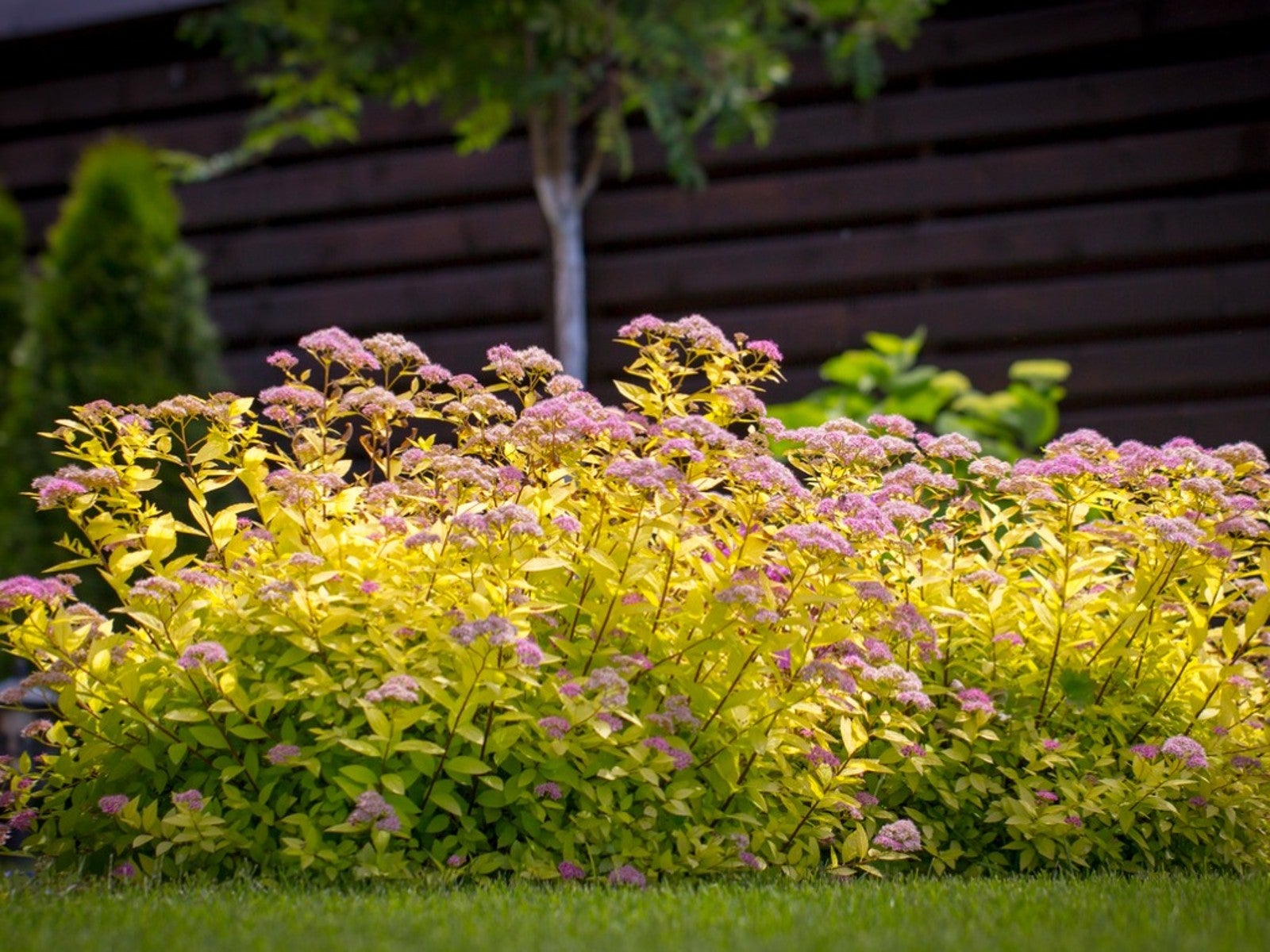Blooming Invasive Bushes To Avoid


Invasive shrubs are a problem for native plants and animals. They tend to outcompete native plants and don’t always provide needed habitat or food for birds, insects, or mammals. Many are ornamental, though. When it comes to pretty flowers on honeysuckle, scotch broom, and butterfly bush, invasiveness hasn’t always mattered.
Today, many gardeners know better. The government at both federal and state levels now lists invasive species so that you can make better choices. Avoid these pretty, but harmful flowering invasive bushes and choose native plants instead.
Common Invasive Shrubs
- Butterfly bush. Native to Asia, butterfly bush (Buddleja davidii) appeared in North America around 1900 and is now recognized as invasive in 20 states. Gardeners like this species because it produces clusters of delicate purple flowers and attracts butterflies. It reproduces very well, which is why it has been able to flourish outside its range and poses a risk to native species. Another problem is that while it feeds butterflies, butterfly bush does not act as a host plant for their eggs or caterpillars.
- Saltcedar. Saltcedar, several species in the genus Tamarix, can live up to 100 years and grows as tall as 26 feet (8 m.). It is native to the Mediterranean region and Asia and is now established in the western U.S. and several eastern states. It was brought to the U.S. to act as a windbreak and an ornamental shrub. Saltcedar produces dense clumps of narrow, pink-to-white flower spikes. It outcompetes native species by growing and reproducing quickly and tolerating both drought and flooding.
- Scotch broom. Scotch broom (Cytisus scoparius) came to the Pacific Northwest from Europe as an ornamental shrub and to prevent erosion. The flowers of Scotch broom are abundant and bright yellow. It is now invasive in the region and establishes readily in disturbed areas. Scotch broom invades and disrupts native forests and grasslands in the region. Additionally, the seeds are toxic to livestock.
- Honeysuckle. Native honeysuckle (Lonicera sempivirens) is a pretty coral flower and vine that attracts hummingbirds. Invasive bush honeysuckles include Japanese, Amur, Tatarian, and Morrow’s. They can look very similar to native plants, but are distinguishable by their hollow stems. As with many other invasives, these came to the U.S. from Asia as ornamental species and soil stabilizers. Now, due to aggressive growth habits, they are considered invasive in many areas.
- Japanese meadowsweet. This Japanese native is a type of spiraea. It came to the U.S. as an ornamental shrub in the late 1800s. Gardeners prized it for its bright pink or reddish flower clusters. Meadowsweet only grows to about six feet (1.8 m.) in height and look similar to native spiraea. It grows more rapidly in a variety of conditions, and is common and invasive throughout the southeast and mid-Atlantic states. Meadowsweet grows densely, blocking out sunlight and starving native seedlings.
Although many flowering shrubs have been identified as invasive, a lot of garden centers and landscapers still sell them. Know your area’s natives and choose those species instead to support your ecosystem and local wildlife.
Sign up for the Gardening Know How newsletter today and receive a free copy of our e-book "How to Grow Delicious Tomatoes".

Mary Ellen Ellis has been gardening for over 20 years. With degrees in Chemistry and Biology, Mary Ellen's specialties are flowers, native plants, and herbs.